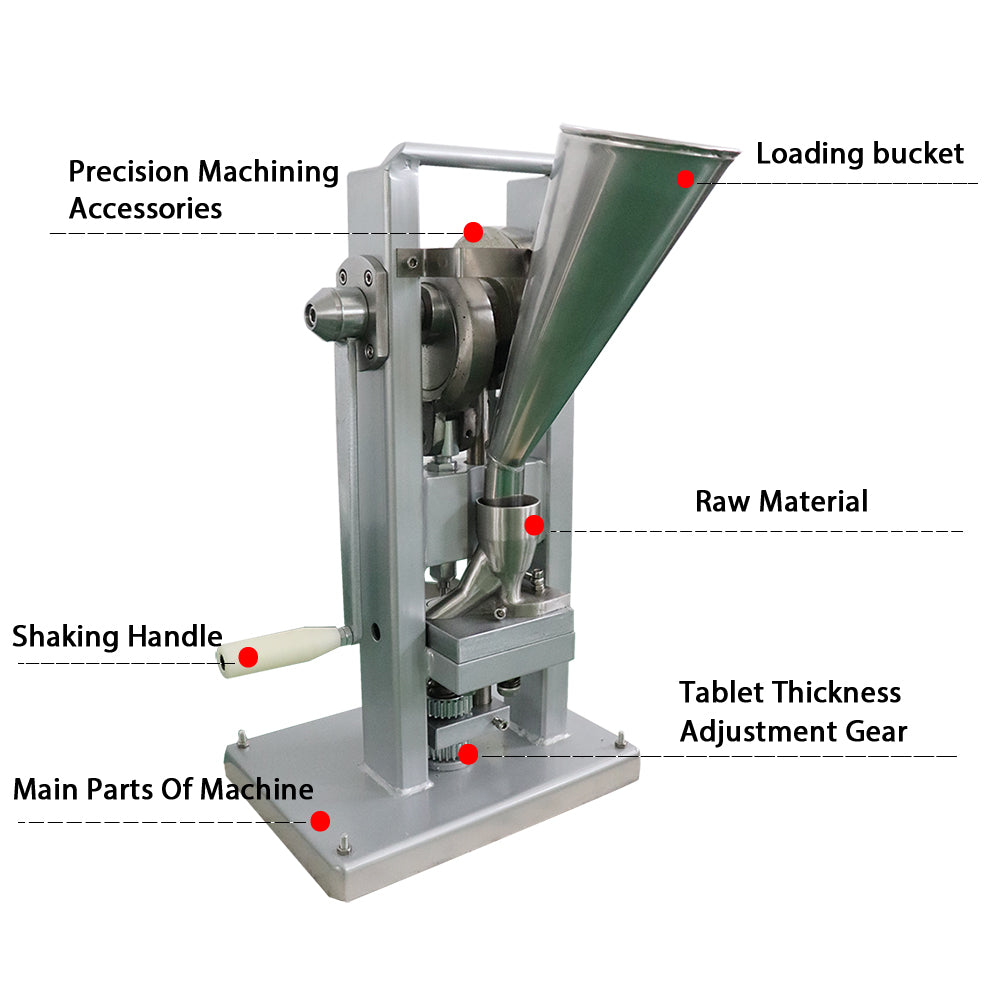A table press machine, also known as a hydraulic press, is a mechanical device used to compress materials into specific shapes or forms. It is widely used in manufacturing, fabrication, and production industries for various applications, such as metalworking, woodworking, and plastic molding.
The table press machine works by using hydraulic pressure to apply force on a material that is placed between two plates. The plates are driven by a hydraulic cylinder, which can exert a high amount of force to compress the material. The force applied is usually measured in tons or pounds, depending on the size and capacity of the machine.
Table press machines come in different types and sizes, depending on the application and the materials being compressed. Some are manual, meaning that the operator uses a lever or a hand crank to apply pressure, while others are fully automated and can be programmed to perform specific tasks.
The advantages of using a table press machine are numerous. Firstly, it can produce high-quality finished products with precise shapes and dimensions. Secondly, it can handle a wide range of materials, from soft plastics to hard metals. Thirdly, it is highly efficient, saving time and labor costs compared to manual methods.
However, there are also some limitations to using a table press machine. Firstly, it requires skilled operators to operate and maintain the machine properly. Secondly, it can be expensive to purchase and install, especially for small businesses or workshops. Lastly, it requires regular maintenance to ensure that it operates at peak efficiency and safety.
In conclusion, a table press machine is a valuable tool for businesses and manufacturers that require precision and efficiency in their production processes. While it may have some limitations, the benefits of using a table press machine make it a worthwhile investment for those in need of such equipment.
